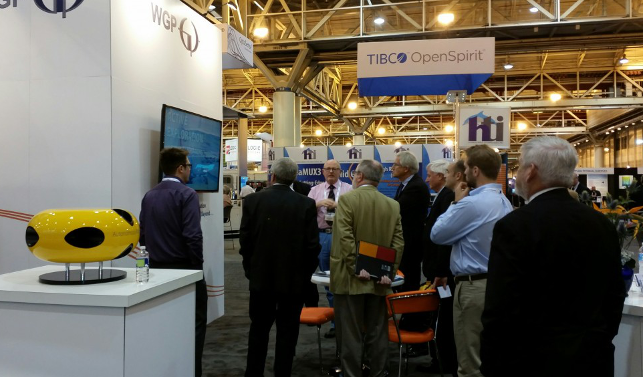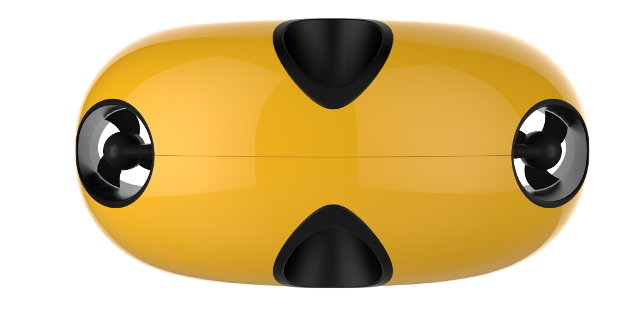
The Flying Node is a next-generation seismic technology, designed to gather data from the ocean floor
Wiltshire’s Autonomous Robotics Limited (ARL) is developing next-generation seismic technology to gather data from the ocean floor using its Flying Node — a new type of automated underwater vehicle.
The oil and gas industry requires very high quality data, gathered from ocean bottom seismic (OBS) surveys, often operating at extreme depths and traversing often complicated geology.
ARL’s planned system for a ‘swarm’ of Flying Nodes will significantly reduce the cost of collecting seismic data, with the ability to record on the seabed for up to 60 days, covering a wide range of surveys.
Having prepared a paper on the Flying Node to share at the Society for Exploration Geophysicists 2015 conference in New Orleans, ARL wanted to demonstrate a full-size version on its exhibition stand.
Since the Flying Node is a pioneering development in the off-shore seismic market, ARL needed to find a way of representing it physically on the stand to engage the audience and excite their interest in its potential.

The design was cut, in two halves, using Amalgam’s CNC machine
Engineering manager Arran Holloway’s search for a model-maker led him to Bristol’s Amalgam, a company that has been making exhibition and architectural models for over 30 years. ARL provided an early CAD model and tasked Amalgam with developing it further into a model for display.
The first step was to take the previous 3D CAD model and progress the internal components, which would be fitted into the metal casing that holds the electronics. This metal casing forms the pressure vessel, designed to cope with the extreme depths involved in OBS explorations.
Once the final size for the pressure vessel was determined, Amalgam defined the size of the external casing using calculations of mass, centre of buoyancy and volume of the node.
After making changes and adjustments to the CAD, an exhibition model was produced from tooling board. The design was cut, in two halves, using a CNC machine, and then finished and sprayed to achieve the glossy yellow appearance planned for the final body shell.

Finished exhibition model on ARL’s stand in New Orleans
Realistic mock-ups of the manoeuvring thrusters were also added to the model, once they’d been 3D-printed using Amalgam’s Objet printer. The exhibition model contained no pressure vessel or electronic components, as it was built solely to demonstrate the size and form of the Flying Node at the exhibition.
The end result was a relatively lightweight model, guaranteeing ease of transportation overseas. ARL also produced an animation of the system in operation, using Amalgam’s 3D CAD, to accompany the model and to promote the Flying Node system on its website.
Returning from the exhibition, Arran reflects, “The exhibition model was a real eye-catcher and drew lots of attention to our stand. Amalgam demonstrated its 3D CAD expertise, whilst providing an exceptional finish and level of detail to the model.”
Prototyping an autonomous underwater vehicle
Default






